- Joined
- Dec 29, 2012
- Messages
- 394
Lowering topslide in my 7X12 (Clarke) Lathe
One of the problems with my 7X12 Lathe was the height of the topslide.
Although the tool holder can easily hold a 12 mm tool, the tool is too high to be of any practical use.
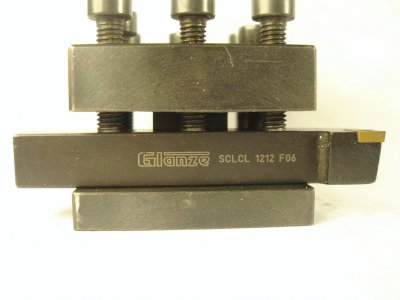
Even a 10 mm tool was high and I had to use only 8mm tools.
The biggest problem I had was while I was trying to use my cut-off tool. I never managed a cut. I just had it stored together with other thicker tools…
A QCTP does not help either as it can elevate the tool but can’t lower it below topslide.
A careful investigation on how to reduce the height of the tool (H) and to have it aligned to the centre of the lathe could be tackled in lowering either the tool (A), the toolpost base (B) or the compount slide base (C).
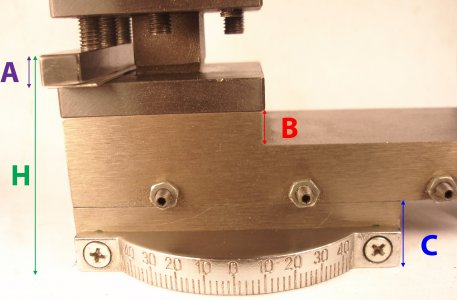
As you can see in the above photo I had chosen the easiest solution: That is to make the 10mm tool thinner.
This gave me a useful tool but nothing more. I could not use thicker tools or my cut-off tool.
A tempting thought was to lower the toolpost base (B) but a careful examination prevented me to do that as it supports the long bolt that holds the toolpost.
A quick research in the Internet revealed that the solution is to make a new lower topslide to solve the problem once for good. But this is a big job that I was not prepared to tackle.
Instead I made some measurements and calculations and decided that the compount slide base had enough meat to allow me cut a 4mm slice from the bottom.
I took the base off supported on the mill vice, made careful measurements and with the fly-cutter I lowered the base by 4 mm.
Below is the base on the mill vice after several passes with the fly-cutter
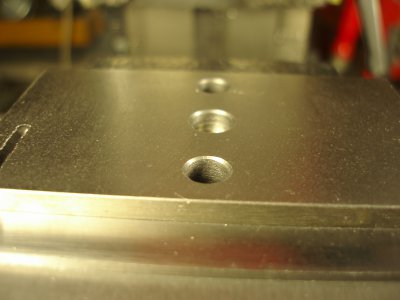
In the next photo you can see the old holes for the protractor.
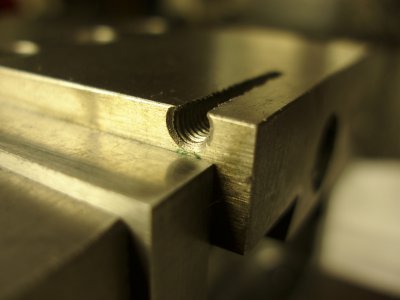
Naturally, as the base gets thinner, the protractor goes higher and new holes, just above the old ones, needed to support it.
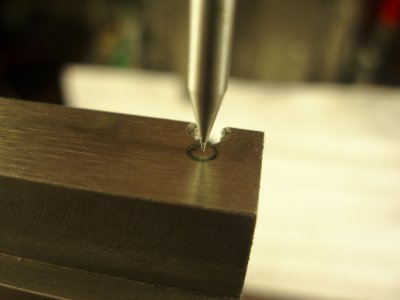
After drilling and tapping job done!
The base is now 4mm thinner.
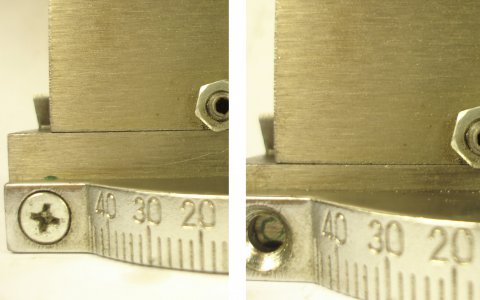
Of course some details had to be fixed:
The center hole had to be deepened to exactly 4,25 mm
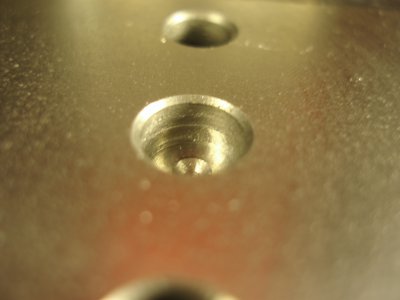
Also The nuts supporting the base to the cross-slide had to be 4mm shorter...
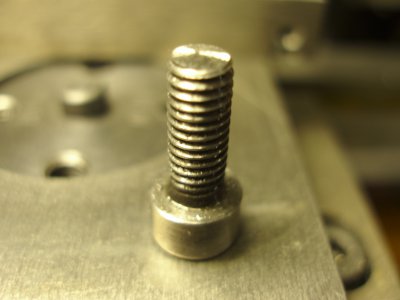
And the new base fits the cross slide like a glove.
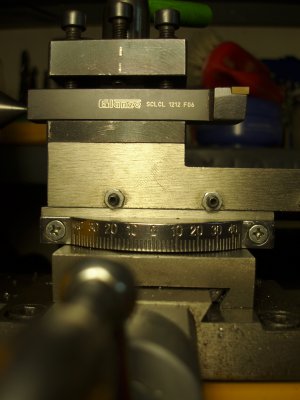
Now 12mm tools are aligned with the lathe centre
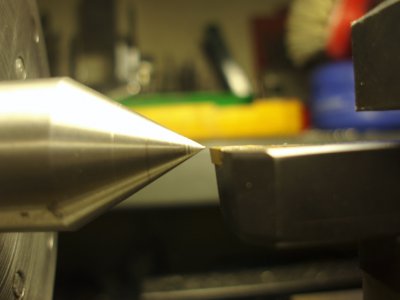
Even the cut-off tool is at the right height!
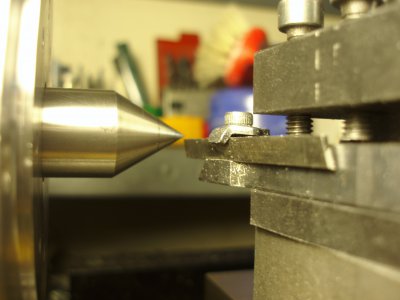
My mini lathe now can make full use of my 12 mm tools and the bigger chucks (5 inch or 125mm)
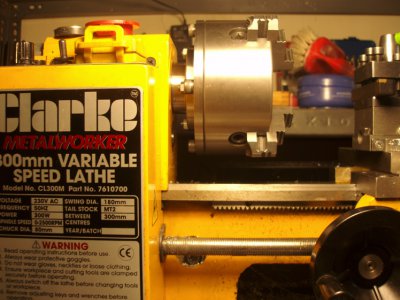
I'm ready to tackle any precision project now!!!!
Thank you for reading this
Petros












One of the problems with my 7X12 Lathe was the height of the topslide.
Although the tool holder can easily hold a 12 mm tool, the tool is too high to be of any practical use.

Even a 10 mm tool was high and I had to use only 8mm tools.
The biggest problem I had was while I was trying to use my cut-off tool. I never managed a cut. I just had it stored together with other thicker tools…
A QCTP does not help either as it can elevate the tool but can’t lower it below topslide.
A careful investigation on how to reduce the height of the tool (H) and to have it aligned to the centre of the lathe could be tackled in lowering either the tool (A), the toolpost base (B) or the compount slide base (C).

As you can see in the above photo I had chosen the easiest solution: That is to make the 10mm tool thinner.
This gave me a useful tool but nothing more. I could not use thicker tools or my cut-off tool.
A tempting thought was to lower the toolpost base (B) but a careful examination prevented me to do that as it supports the long bolt that holds the toolpost.
A quick research in the Internet revealed that the solution is to make a new lower topslide to solve the problem once for good. But this is a big job that I was not prepared to tackle.
Instead I made some measurements and calculations and decided that the compount slide base had enough meat to allow me cut a 4mm slice from the bottom.
I took the base off supported on the mill vice, made careful measurements and with the fly-cutter I lowered the base by 4 mm.
Below is the base on the mill vice after several passes with the fly-cutter

In the next photo you can see the old holes for the protractor.

Naturally, as the base gets thinner, the protractor goes higher and new holes, just above the old ones, needed to support it.

After drilling and tapping job done!
The base is now 4mm thinner.

Of course some details had to be fixed:
The center hole had to be deepened to exactly 4,25 mm

Also The nuts supporting the base to the cross-slide had to be 4mm shorter...

And the new base fits the cross slide like a glove.

Now 12mm tools are aligned with the lathe centre

Even the cut-off tool is at the right height!

My mini lathe now can make full use of my 12 mm tools and the bigger chucks (5 inch or 125mm)

I'm ready to tackle any precision project now!!!!
Thank you for reading this
Petros












Last edited:

